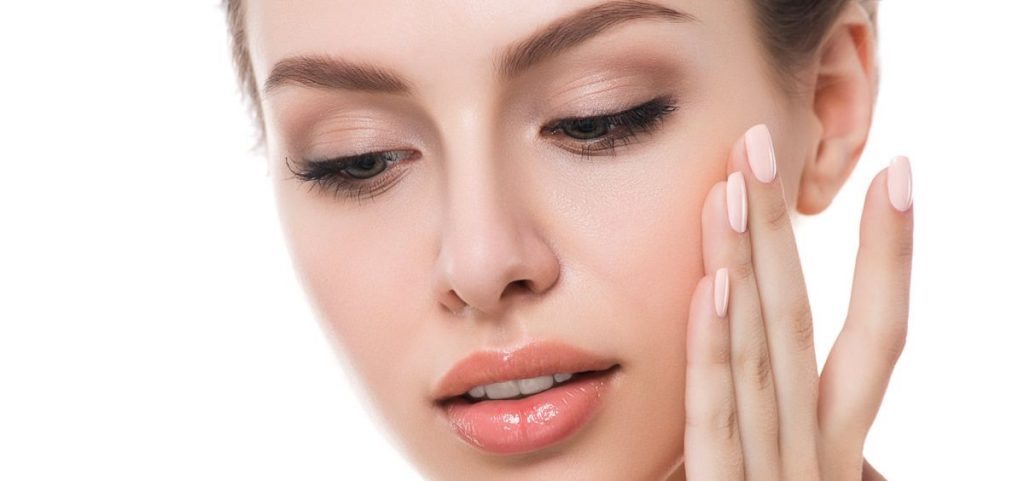Dark spots on the face are one of the most common aesthetic concerns for both women and men over the age of 30. Sun exposure, aging, hormonal changes, or even acne can all trigger uneven pigmentation that affects the skin’s tone and appearance. Fortunately, modern aesthetic medicine offers safe and effective solutions with visible, natural-looking results.
In this article, we’ll explain why dark spots on the face appear, what types are most common, and which treatments are most effective for reducing them—especially those offered in expert clinics like Dr. Brianda’s at Estética Málaga and Estética Marbella.
Why do dark spots appear on the face?
Facial pigmentation is caused by an excess buildup of melanin in certain areas of the skin. Melanin is the natural pigment that gives skin its color, but when overproduced, it can lead to visible spots. Here are some common causes:
Prolonged sun exposure
The sun is the leading cause of most dark spots. UV rays trigger melanin production as a defense mechanism, but overexposure—especially without sunscreen—can lead to solar spots or lentigines.
Hormonal fluctuations
During pregnancy, while using birth control, or undergoing hormone therapy, many women develop melasma or chloasma, which typically affects the forehead, cheeks, and upper lip.
Skin aging
As we age, the skin loses its ability to regenerate efficiently, leading to age spots, especially in areas frequently exposed to the sun like the cheekbones and temples.
Acne or inflammatory breakouts
After acne or skin inflammation, some people develop post-inflammatory hyperpigmentation, which tends to be more visible on darker skin tones.
Most common types of dark spots on the face
Correctly identifying the type of pigmentation is essential for choosing the right treatment. Clinics often use tools like Wood’s lamp or dermatoscopic analysis to make an accurate diagnosis. The most common types include:
Solar lentigines
Small brown spots linked to chronic sun exposure. They often appear after age 40 and become more visible over time if untreated.
Melasma
Diffuse and symmetrical pigmentation linked to hormones. It can worsen with heat and sun exposure, and is most common in young women.
Post-acne marks
Dark patches that linger after a pimple or breakout. While some fade over time, others may persist without proper treatment.
Dark spots from cosmetic products or treatments
Aggressive treatments or inappropriate skincare products can cause reactive pigmentation, especially if sun protection isn’t used properly.

Treatments to remove dark spots on the face
There are many safe, proven options available today to address dark spots on the face. The most appropriate treatment depends on the type of pigmentation, skin tone, and the time of year. At Dr. Brianda’s clinic, each plan is tailored to the patient, combining advanced diagnostics with non-invasive medical-aesthetic technology.
Hydrafacial with brightening boosters
The Hydrafacial is a deep medical-grade cleansing that prepares the skin for pigment-targeting treatments. It removes impurities, gently exfoliates, and enhances the absorption of active ingredients like vitamin C and niacinamide.
Recommended for: dull skin, clogged pores, and early-stage pigmentation.
Intense Pulsed Light (IPL)
IPL treatment targets melanin buildup by breaking down pigment particles, which are then naturally eliminated by the body. It’s one of the most effective options for sun spots and lentigines.
Sessions needed: 1 to 3
Best time of year: fall and winter
Results: brighter, more even skin tone after just one session
Chemical peel with TCA
Trichloroacetic acid (TCA) peels remove the skin’s outer layers to treat spots, fine lines, and uneven texture. They promote cell renewal and leave the skin looking fresh and uniform.
Best for: mild melasma, sun-damaged skin, and acne scars
Protocol: 3 sessions spaced 2–3 weeks apart, preferably in fall or winter
Fractional CO2 laser
The fractional CO2 laser penetrates deeper layers of the skin to remove stubborn pigmentation, refine pores, and improve fine wrinkles. It also stimulates collagen production for deep skin renewal.
Recovery time: 5 to 7 days
Visible results: progressive improvement in tone and texture
Note: best done outside of high-sunlight seasons
Microneedling with exosomes or polynucleotides
Microneedling (Dermapen) uses tiny needles to boost skin regeneration. When combined with exosomes (cellular repair agents) or polynucleotides (DNA-repair activators), it supports gradual fading of pigmentation and enhances overall skin health.
Benefit: safe for use year-round, even on darker skin tones
Recommended sessions: 3 to 6 depending on pigmentation level
Medical skincare and at-home maintenance
No pigmentation treatment will work long-term without a proper home care routine. Essential steps include:
- Daily application of SPF50+ sunscreen with physical filters.
- Topical serums containing tranexamic acid, niacinamide, or retinol, as prescribed by a specialist.
- A consistent cleansing routine and regular medical checkups.
When is the best time to treat facial dark spots?
While treatments like Hydrafacial or microneedling can be done year-round, more intensive options—such as IPL, TCA peels, or laser therapy—are best performed during the fall and winter months, when sun exposure is minimal. This helps prevent post-inflammatory pigmentation and speeds up recovery.
Where to treat dark spots on the face in Málaga or Marbella?
At the clinic of Dr. Brianda, with locations in Málaga and Marbella, each patient receives a personalized skin assessment and treatment plan from a team of experts in advanced aesthetic medicine. By combining cutting-edge technology with a natural, patient-centered approach, the clinic delivers visible results without altering facial expression or damaging the skin.



